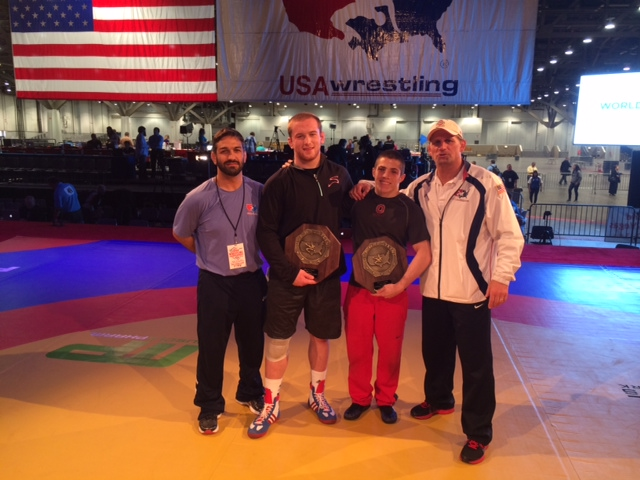Every high school championship for which he competed, he won. The same was true in college, riding a dominant unbeaten streak through his final year, the inevitability of his final conquest just a forgone conclusion. He had no particular sense that anyone could derail his run until he opened a Chicago newspaper to see the headline, “I Came Here to Beat Dan Gable.”
That was Gable’s first sense that someone was on the hunt specifically for him, and he marveled at, and was unnerved by, the audacity. Successful, at 30-1, though relatively obscure, Larry Owings of the University of Washington had dropped two weight classes for the 1970 NCAA Championships. His only goal–to run down the most successful wrestler in history (go here, for a great re-visit of the event by Albert Chen).
Gable is still angry at himself 45 years later that he never saw it coming until it was too late, that the only loss of his career was one he didn’t guard against.
Does Gable have any words of wisdom for Ohio State’s Logan Stieber who this year attempts a similar journey? (Gable was not allowed to compete for high school and collegiate championships as a freshman, and Stieber has lost a few regular season matches, but otherwise their championship distinctions are identical.) “I would tell Logan to just keep working, and grinding. Don’t get distracted, prepare for every match as if it is the biggest match you have ever had. I let myself get distracted for the biggest match of my life. The loss made me a better wrestler, but I beat myself up every day that I did not go into that match free of doubt and ready to win.”
There is a wrestler out there who hopes to end Stieber’s historic run and they meet this Sunday in the dual meet national championship tourney in Pennsylvania. This match could be a preview of a potential St. Louis showdown in March for the NCAA individual title (though Devin Carter of Virginia Tech could have something to say about that). Mitchell Port of tiny in size, though large in wrestling stature Edinboro State. One difference between Gable/Owings and Stieber/Port is that Logan Stieber and the entire wrestling world is aware of the dangerous potential of second ranked Port. Port lost in somewhat of a surprise in the 2014 NCAA Championships, rallying to finish third behind Stieber and runner-up Carter.
Stieber and Port have met once before but never in a collegiate match. Still, there is some meaningful history between the two. In Des Moines, both Logan and brother Hunter seemed headed to 2013 NCAA title bout in their respective weight classes. Logan had just won his semi-final match at 133 pounds and Hunter was up 6-2 over Port in their semi-final match at 141. Port rallied to win, thanks in part to what Hunter thinks might have been a mistake in “cutting” Port, allowing him to earn a fateful one point escape. Port went on to place second to Kendric Maple of Oklahoma.
Logan Stieber does not strike one as a revenge minded person, but that little bit of personal history cannot help but add to the flavor of this upcoming gem.
There is another side note that has to be taken into account. Stieber has been coping with illness–he sat out a trip to Rutgers after a surprisingly narrow win at home over unranked Nick Lawrence of Purdue. It had been the only match to that point during this season in which Stieber did not win by at least a major decision (i.e., a margin of victory of at least 8 points). The next week Stieber was methodically taking apart highly regarded Minnesota’s Nick Dardanes before fading badly in the third period. Stieber hung on for a razor thin 10-9 win. While it is true Dardanes has a history of hanging tough against Stieber after strong Stieber starts, still for a guy who can go wire to wire with a full tank, it was obvious Stieber’s conditioning was badly lagging, due most certainly from illness. While he seems completely healthy now, there is some question as to whether his conditioning can be up to peak level in just one week.
Mitchell Port, much like Stieber, is a disciplined, invested, hardworking planner who takes each match as it comes and who respects his opponent every time out. There is no real sense Port is actually chasing Stieber–it is doubtful he would change weight classes if he needed just to match up with Stieber. Different from Owings, Port is chasing his own dream not a man in search of history. If Logan Stieber is standing in the way, so be it. But regardless of who and what is being chased, their meet-up on Sunday has all the drama and potential one could want in a marquee match-up.
 My post on OSU Athletics about
My post on OSU Athletics about 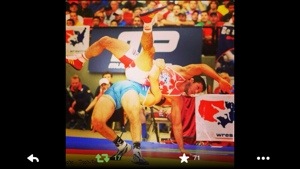
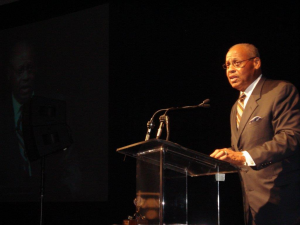
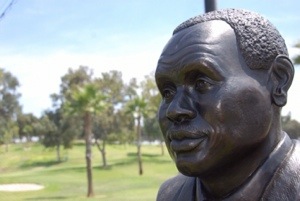

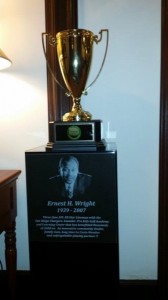
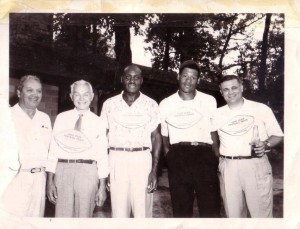
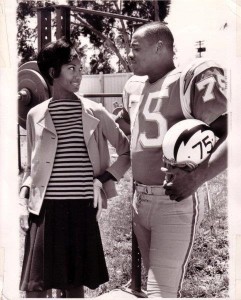
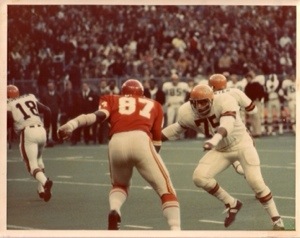
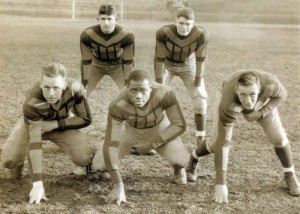
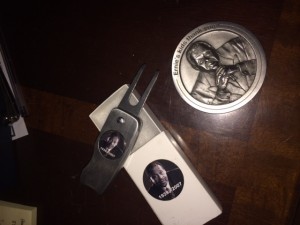
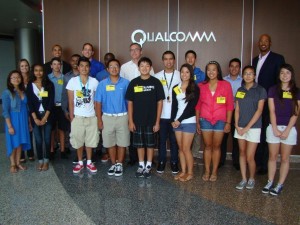
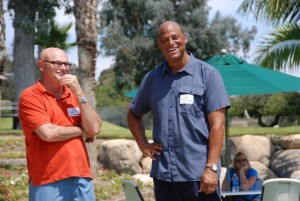
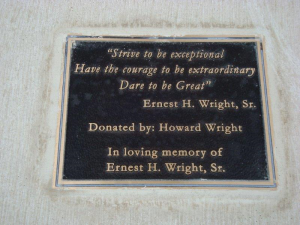
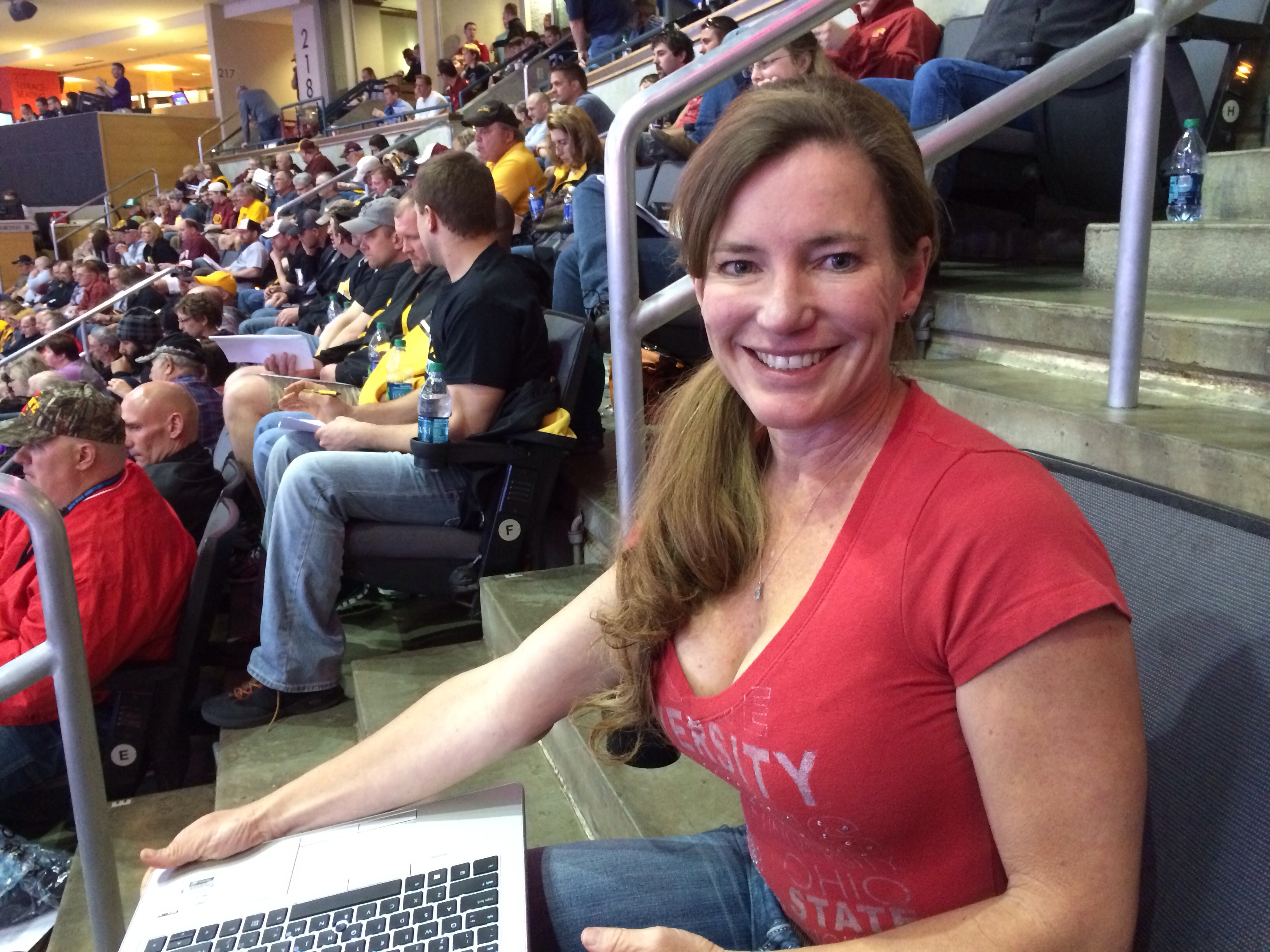
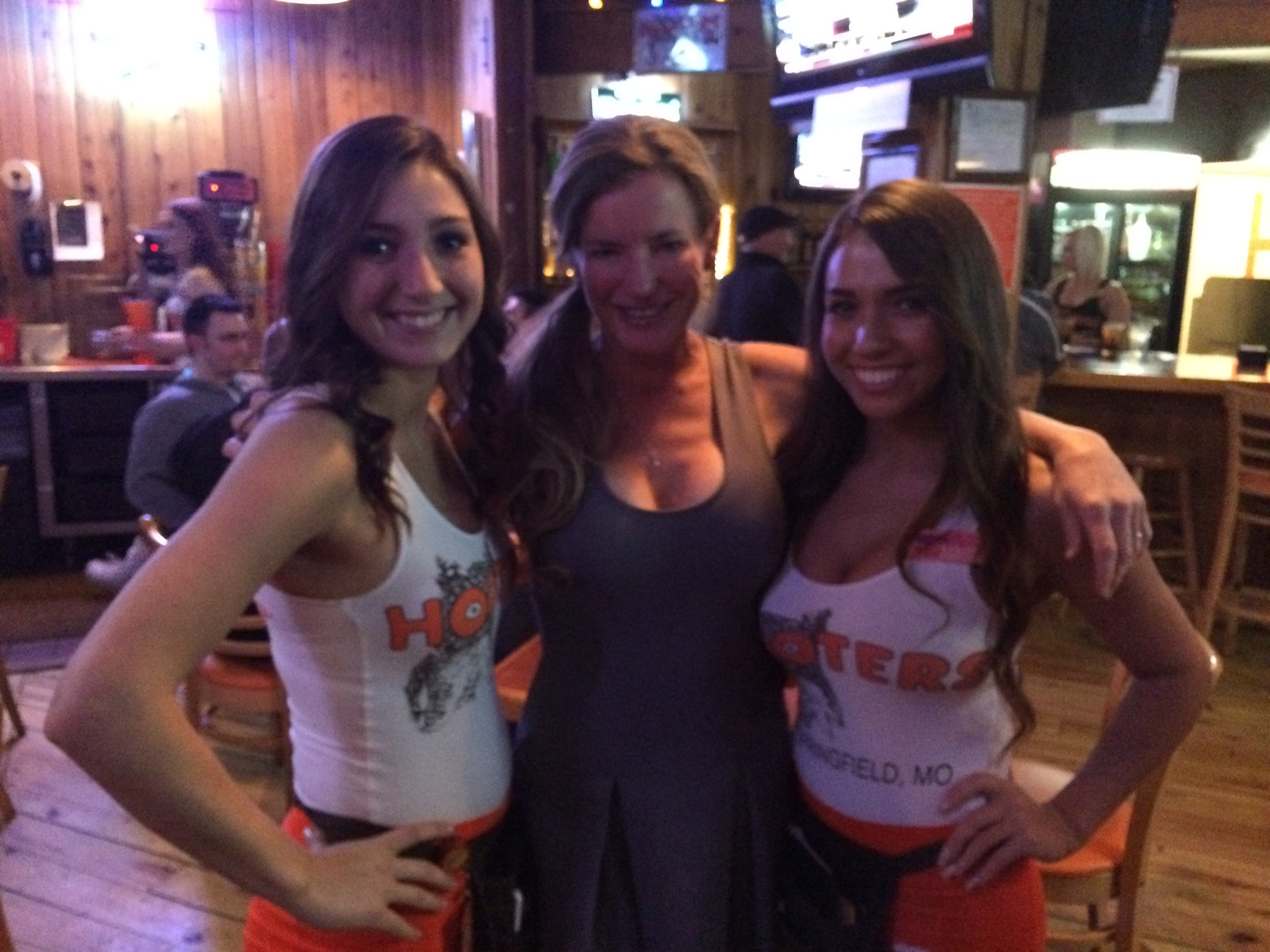 Fan Numero Uno showed me what it meant to be swept off my feet, then recently schlepped my fanny right into Hooters at NCAA Championships because that was the best late night dining that Oklahoma City had to offer. The romance of the evening is memorialized on Twitter – me standing right between two Hooters girls.
Fan Numero Uno showed me what it meant to be swept off my feet, then recently schlepped my fanny right into Hooters at NCAA Championships because that was the best late night dining that Oklahoma City had to offer. The romance of the evening is memorialized on Twitter – me standing right between two Hooters girls.